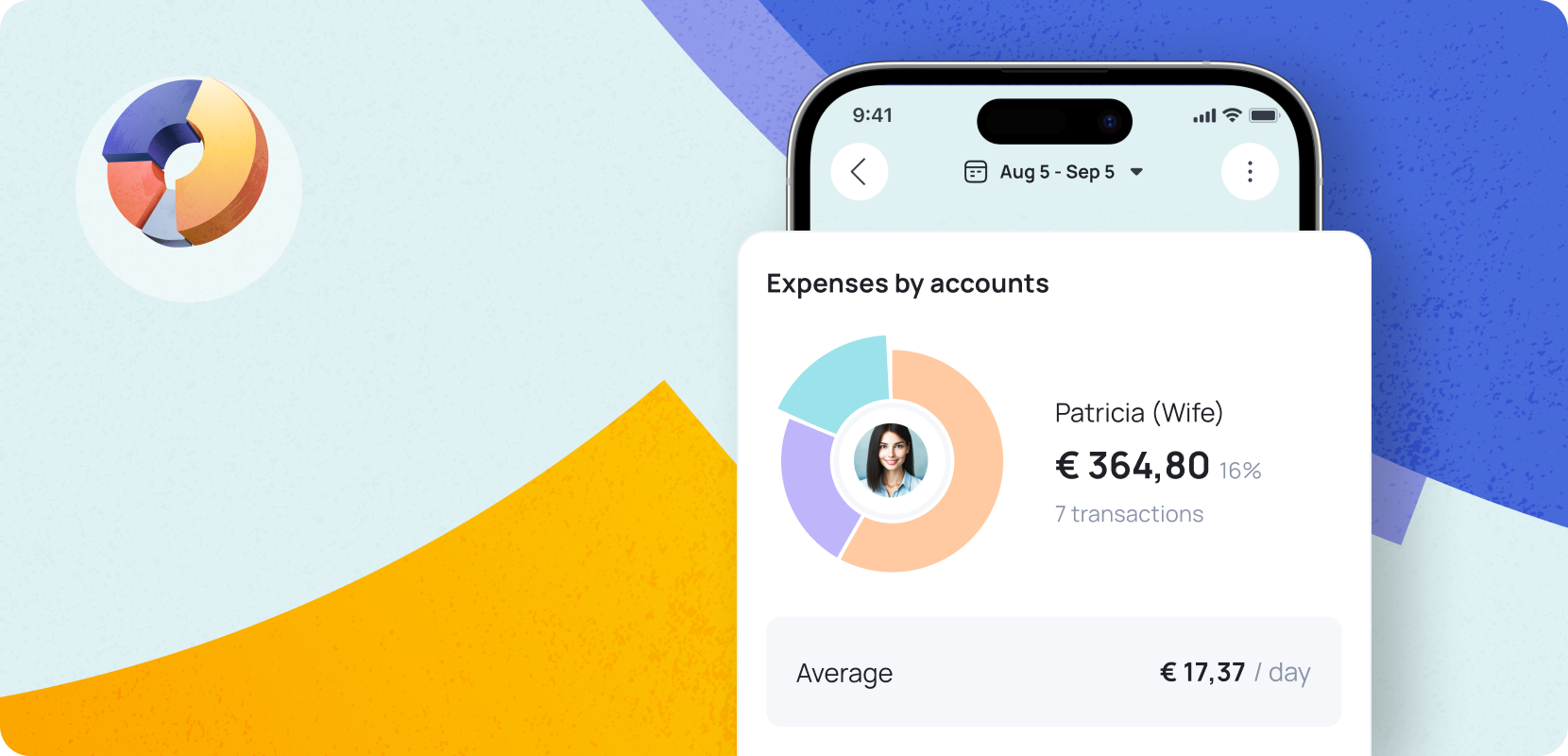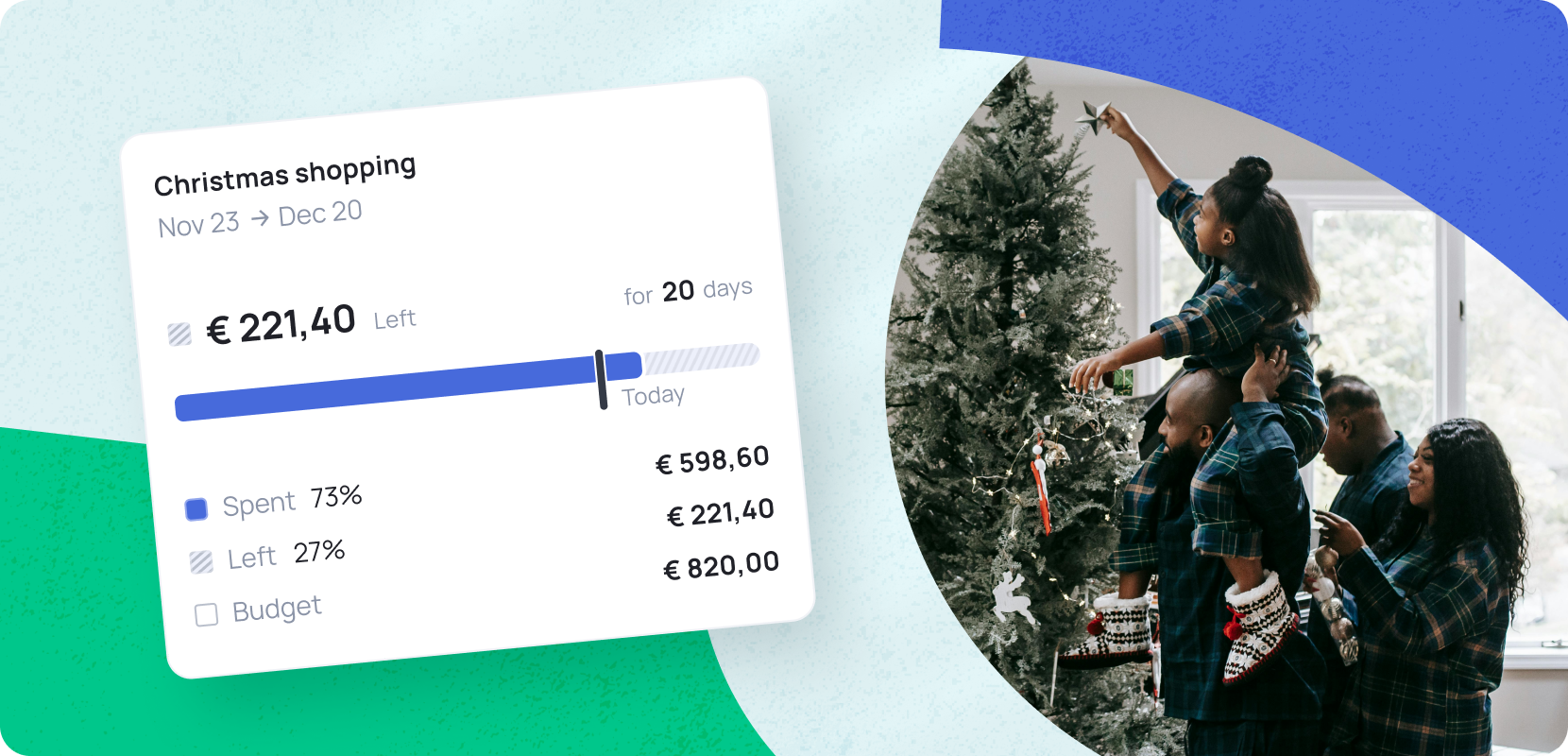‘Expensive’ and ‘cheap’ months
You can budget on different levels: monthly or annually. A monthly budget offers short-term insight; can you make ends meet this month? However, not every month is financially the same.Sometimes you have extra expenses, such as municipal taxes, or extra income, such as holiday pay. Knowing in advance what ‘expensive’ and ‘cheap’ months are can help you plan and avoid financial problems.
Step 1: How much money comes in?
- Employment: net salary, holiday pay and possibly an end-of-year bonus.
- Self-employed or entrepreneur: look at what comes in monthly on average or assume the minimum if you want to play it safe.
If you have a partner, also include their salary (if you have joint expenses, of course).
Step 2: Categorize your expenses
- Fixed costs
List your fixed costs. Think of rent or mortgage, energy costs, phone bill, internet & TV and insurance.
- Variable expenses
Also, make an overview of variable expenses, such as clothing, gifts, going out and transport. To estimate how much you spend on average, look at the expenses of the past (half) year.
💡 Consider saving (for a buffer or other goals) as a fixed cost as well.
💡💡 Providing insight into expenses and income is one of the functions of the Grassfeld App. Link your bank account, and we will tell you where your money goes.

Step 3: Do you fall short or have money left?
Check now if you have enough income each month for your expenses.
🔴 If you fall short or want to save more, explore where you can cut back.
🟢 Do you have money left? Great!
.png)
Step 4: Make budgets (and thus agreements with yourself)
Do you want to prevent spending too much money on certain things? Then set agreements with yourself and create budgets for each (variable) category. For example, 150 euros for clothing or 200 euros for going out. In the Grassfeld App, you can create these budgets and always see how much space you have left if your account is linked.
What is healthy budgeting? 💪
You determine, of course, how much money you spend on something. But what many people consider healthy budgeting is the 50-30-20 rule:
50% is for essentials, such as mortgage or rent, energy costs, and groceries.
30% goes to fun things, such as going out for diner, to the cinema or a season ticket for your favorite football club.
20% is savings for the future. Set this part aside or invest it for later.
📲 Grassfeld App
The Grassfeld App gives you insight into your expenses and income. Link your bank account, and we will show you where your money goes. You can also create budgets in the app for each category, so you don't spend more money than you want. Download the app, create a free account, and check your financial household at any time of the day.







.png)
















